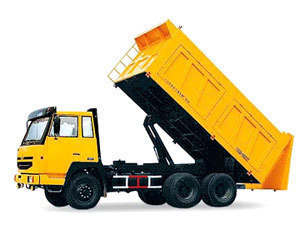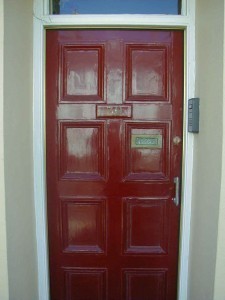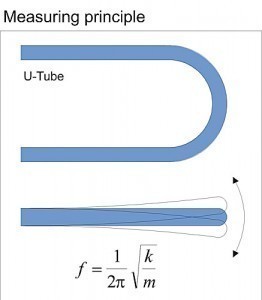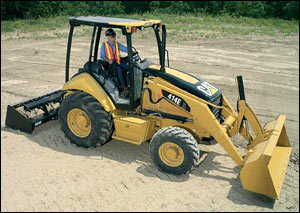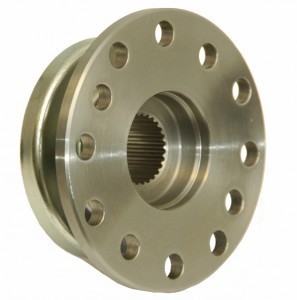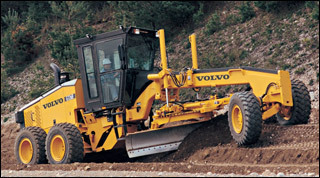Cement Bag Size
Portland cement is a material that is vital in the 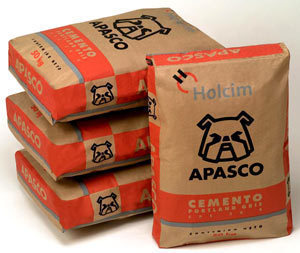 construction of roads, bridges, buildings and houses. Without cement, fast and efficient transportation would not be possible for there would be no concrete roads and highways, airstrips for planes to land on and concrete ports and wharves for ships to dock in. Our houses and buildings will not be able to withstand high winds and strong earth tremors without concrete building materials. Since cement is a powdery substance that hardens rock solid when exposed to moisture or water, they are commonly packed and sealed in a strong paper cement bag made of three to four ply Kraft paper, oftentimes reinforced with a sturdy plastic sheet and sewn at the top and bottom. Since these are mechanically mass-produced, cement bag size is typically standard for various weights of cement these are meant to pack. Cement bags typically come in 3 x 80 grade, which are usually cement bag size of 50 x 62 centimeters with a thickness of ten centimeters.
construction of roads, bridges, buildings and houses. Without cement, fast and efficient transportation would not be possible for there would be no concrete roads and highways, airstrips for planes to land on and concrete ports and wharves for ships to dock in. Our houses and buildings will not be able to withstand high winds and strong earth tremors without concrete building materials. Since cement is a powdery substance that hardens rock solid when exposed to moisture or water, they are commonly packed and sealed in a strong paper cement bag made of three to four ply Kraft paper, oftentimes reinforced with a sturdy plastic sheet and sewn at the top and bottom. Since these are mechanically mass-produced, cement bag size is typically standard for various weights of cement these are meant to pack. Cement bags typically come in 3 x 80 grade, which are usually cement bag size of 50 x 62 centimeters with a thickness of ten centimeters.
A cement bag size of 30 inches in height, 20 inches in width and 4 inches thick will contain 50 kilograms of cement. Bigger cement bag size will contain 80 kilograms of cement while a smaller cement bag size will contain 40 kilograms of cement. Most countries prescribe a standard cement – sand – aggregate – water ratio based on the 50-kilogram cement bag size. Moreover, the 50-kilogram cement bag size is popular in the construction industry because it fits snugly on most conveyor belts at the production and construction sites and can be easily carried by a single person and hoisted and emptied into a cement mixer.
The area on the cement bag where the logo, content details, brand and manufacturer’s address will be printed has a maximum dimension of 800 by 1300 millimeters. While some cement manufacturers prefer a four-color printing process, most prescribe only one color because it is more economical. In some Asian countries like the Philippines, hardware and construction supply stores sell 50-kilogram cement bag size. In some cases, large construction projects that consume large amounts of cement, hardware and other building materials are offered volume discounts and free delivery to attract and retain the patronage of building contractors and project owners. However, these retail outlets also sell cement by the kilo packed on the spot in small plastic bags. Sand and crushed aggregates are normally procured from specialized dealers and excavators.
